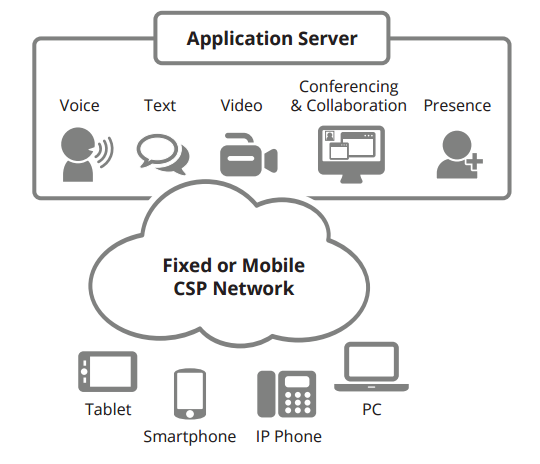An application server is the architectural component of a next-generation VoIP or Unified Communications network that enables enhanced user features. The term is most commonly associated with communications service provider networks.
How Application Server Works
An application server works in conjunction with other elements such as media servers and session controllers, providing business logic and intelligence for delivering supplementary services to business customer users and residential service subscribers. Application servers were initially used in VoIP and IP Centrex applications and were originally voice-centric. Contemporary application servers support multimedia IP communications including unified voice, video, text chat and presence. In enterprise communications networks an application server is often referred to as a unified communications server.
What is an Application Server: Functions
Typical application server functions and capabilities include:
- Unified voice, video, text chat, presence, multimedia conferencing and collaboration features for business and residential services
- Support for a variety of signaling protocols (SIP, H.323) and media types
- Support for a variety of standards-based endpoints including SIP and WebRTC clients (typically via gateways)
- Support for fixed and mobile operator networks
- Standards-based application programming interfaces (APIs) for extensibility and customization
Application Server Implementation Models
Historically, most application servers ran on proprietary hardware adding cost and complexity to operator networks. Worse still, legacy application servers were often designed to support specific market segments. Service providers were forced to implement “siloed” network architectures with distinct applications servers (with distinct management systems and APIs) for an enterprise, SMB, and residential markets.
Newer application servers are software-based solutions that run on industry-standard servers (typically virtualized x86 platforms running some version of Linux) for greater flexibility and economics. Best-of-breed application servers provide a common framework for supporting all market segments.
Application Server Deployment Models
Application servers can be deployed in the communications service provider network or delivered in the form of a cloud-based service. Cloud-based Unified Communications as a Service (UCaaS) solutions allow communications service providers to deliver the latest “off-the-shelf” communications and collaboration capabilities while avoiding upfront application server capital equipment investments and ongoing management, maintenance and support expenses. Complimentary Platform as a Service (PaaS) solutions provides cloud-based application frameworks and development tools for embedding real-time communications capabilities into web-based applications, mobile apps or business processes.
Web Application Programming Interfaces
Many contemporary application servers provide REST APIs that streamline application development. REST (REpresentational State Transfer) is a simple stateless application architecture that is widely used by Web developers. REST APIs allow ordinary Web developers, who aren’t necessarily versed in telecommunications, to embed real-time communications capabilities directly into Web-based applications––quickly, easily and cost-effectively.


